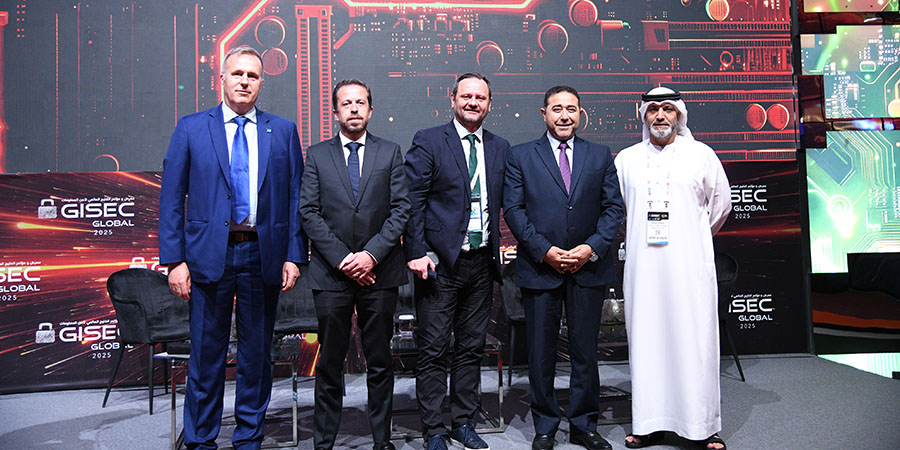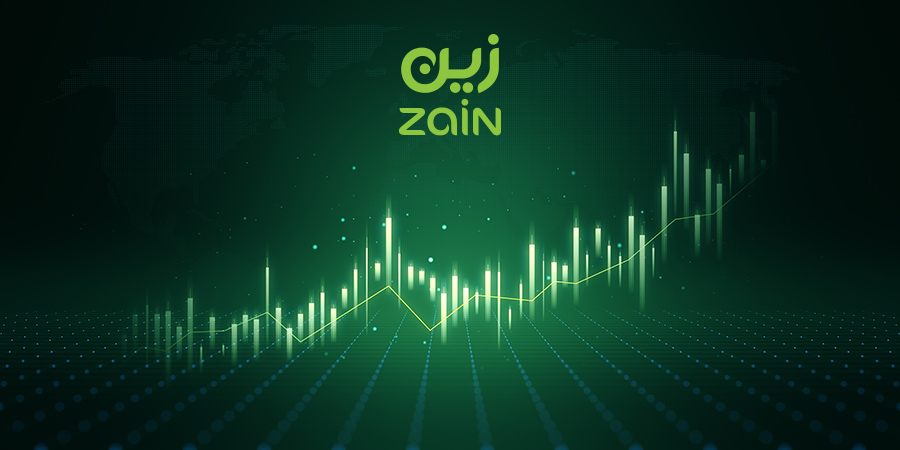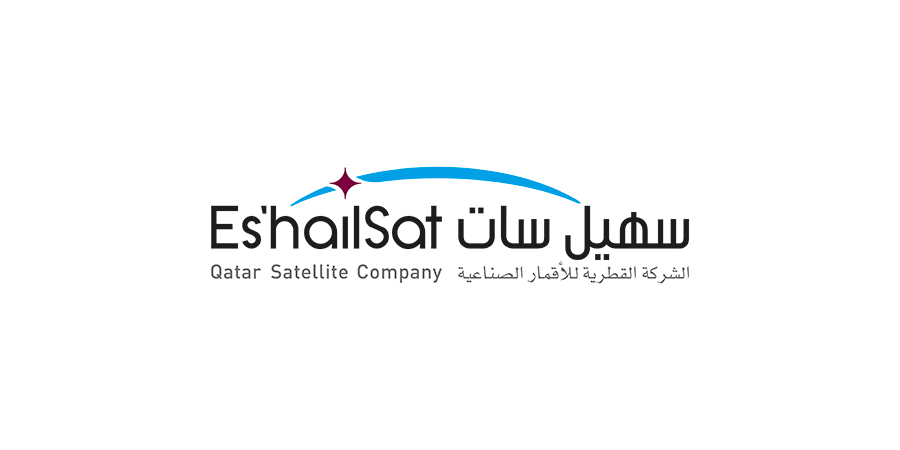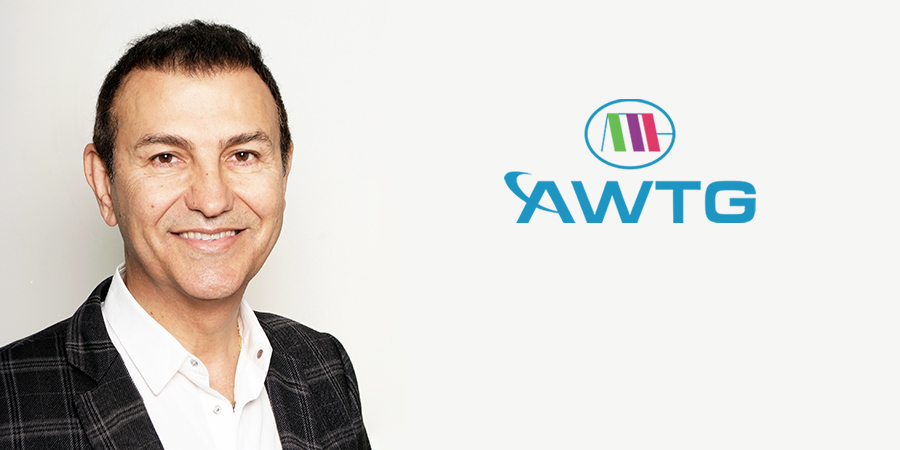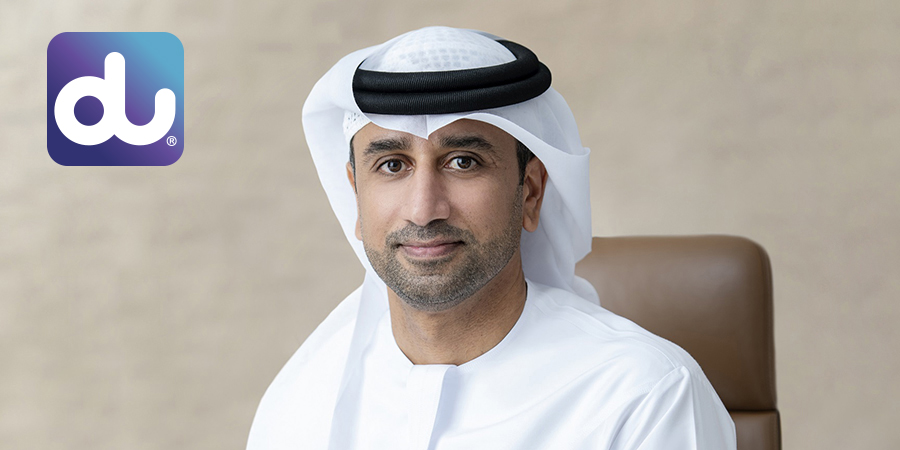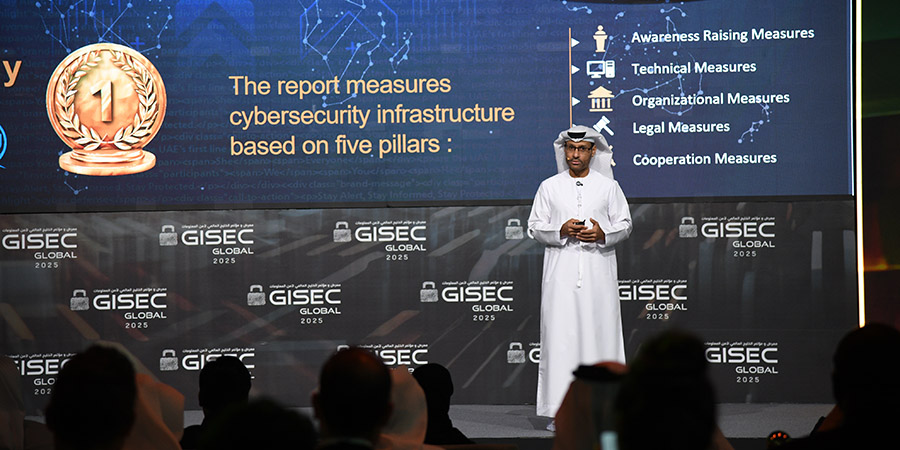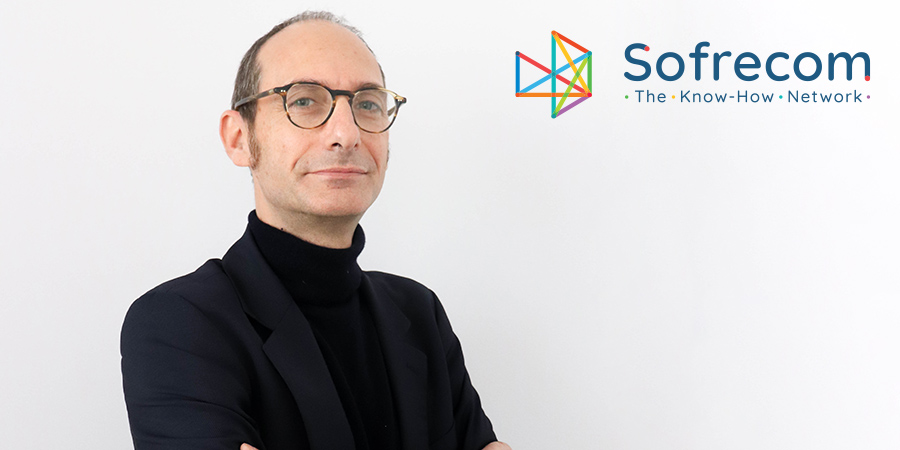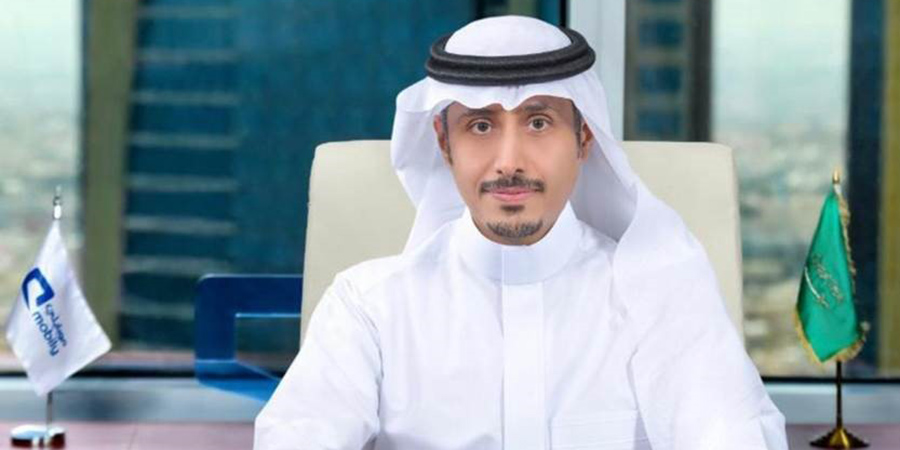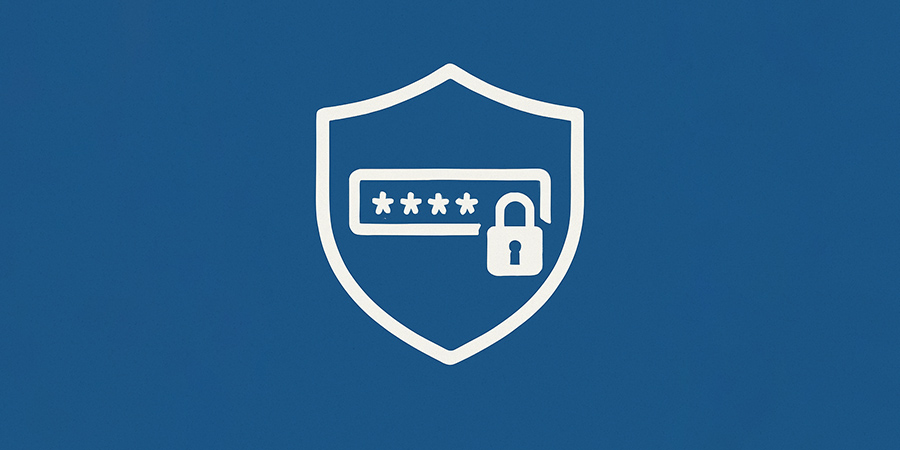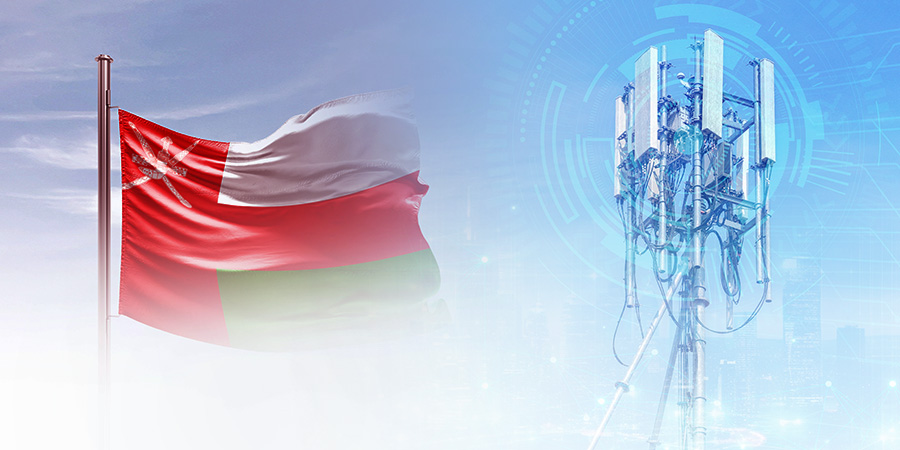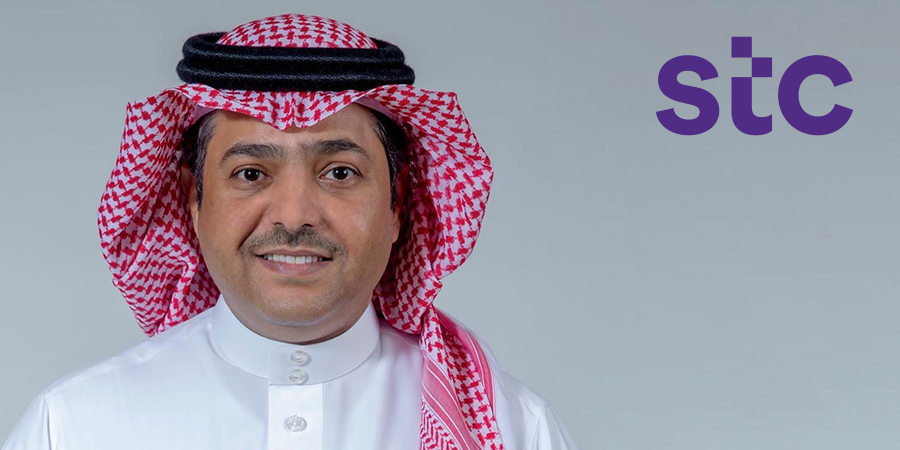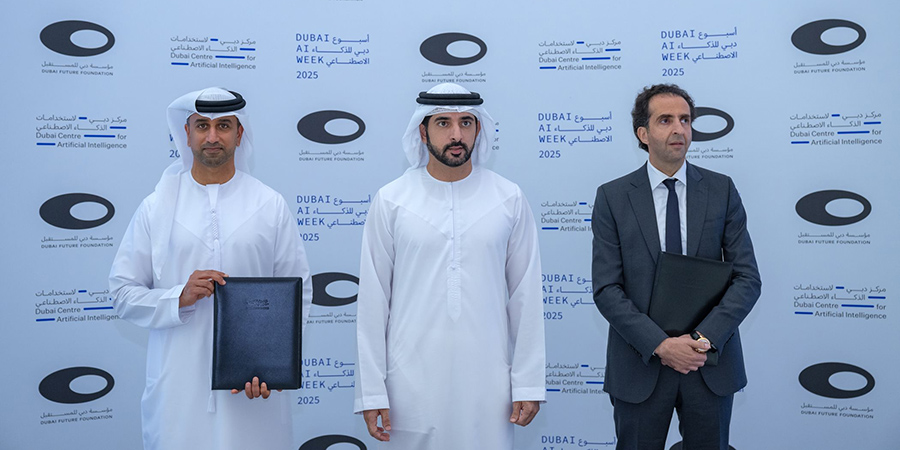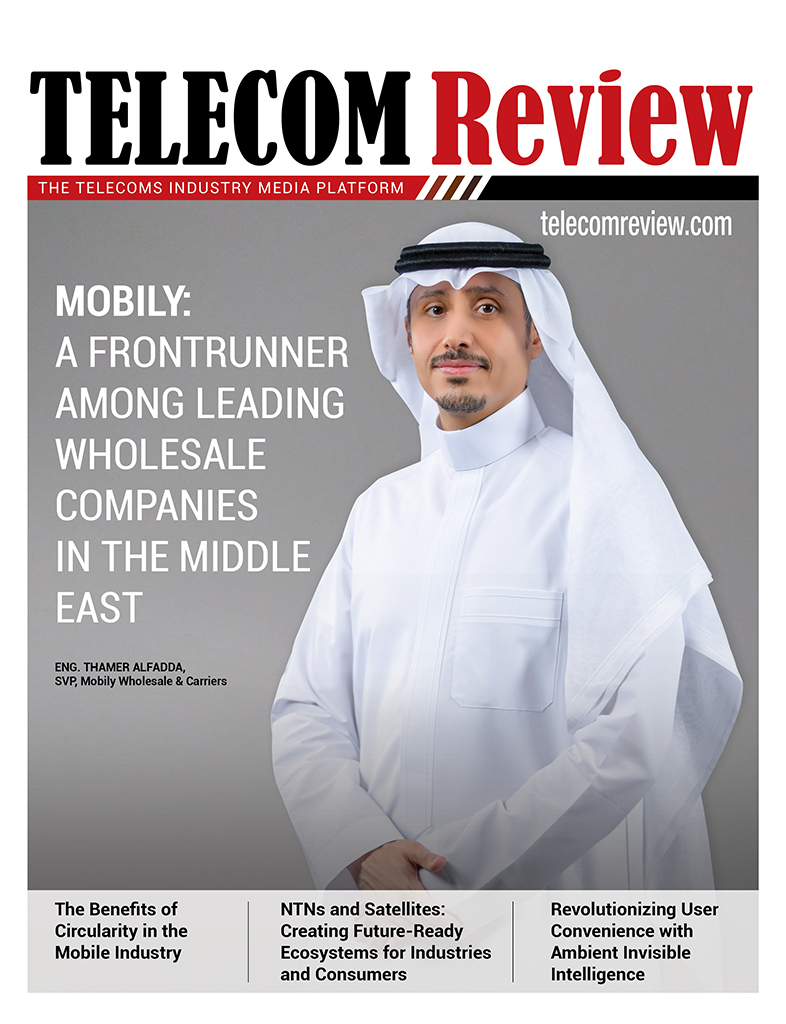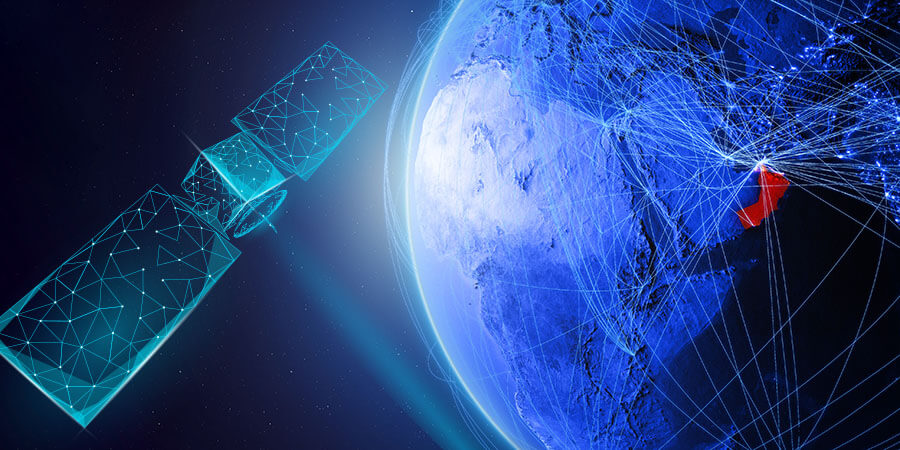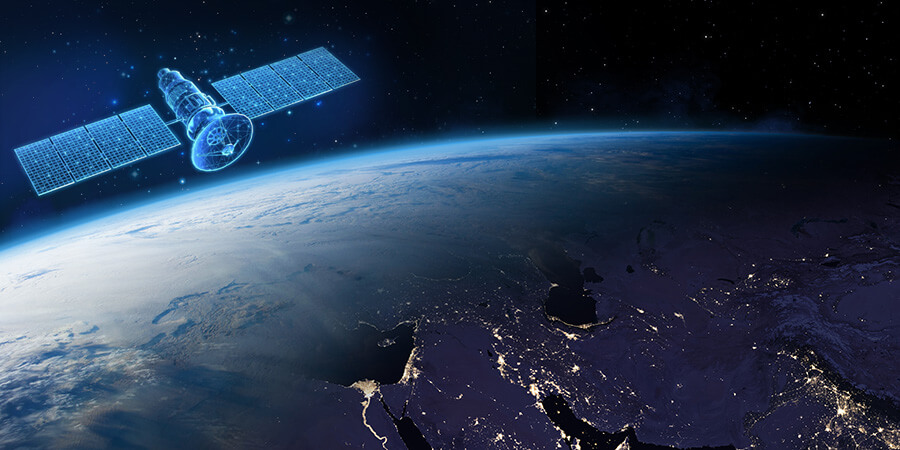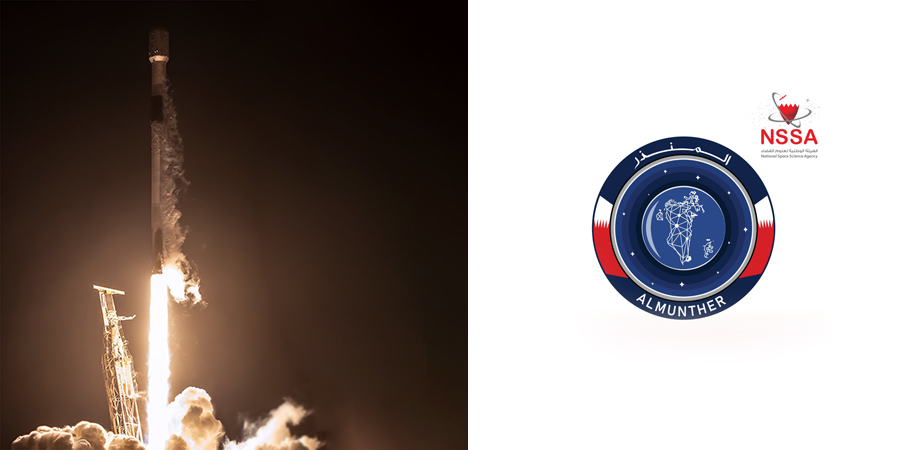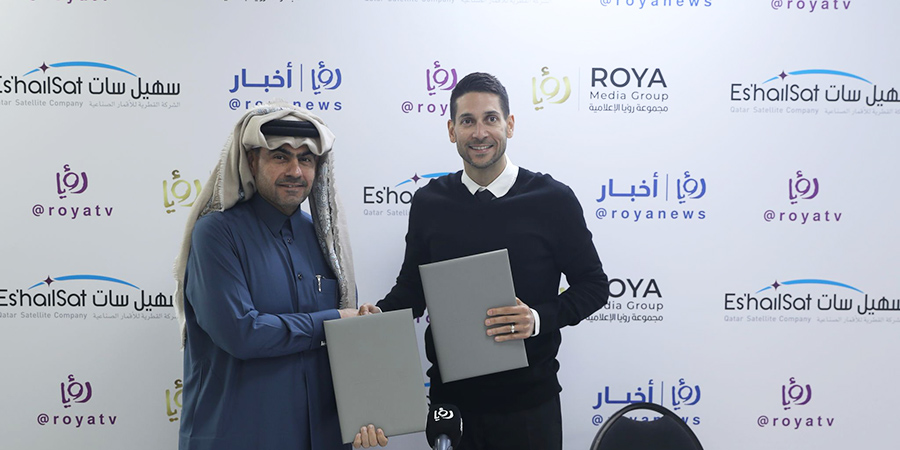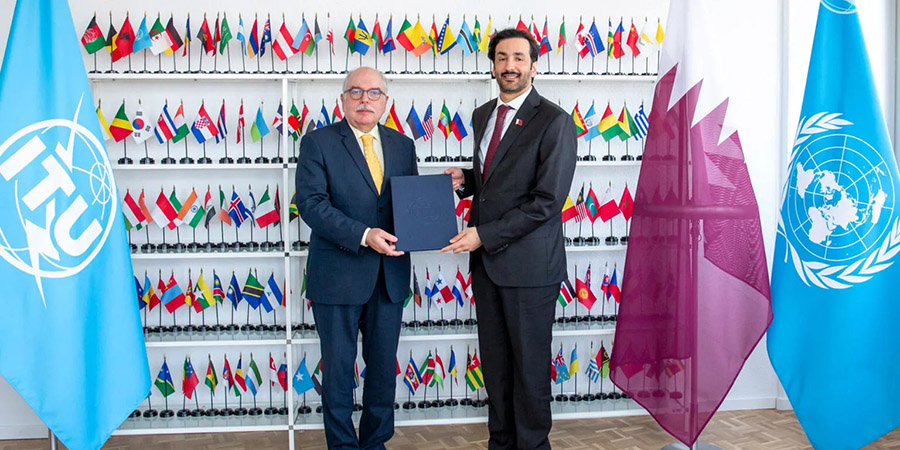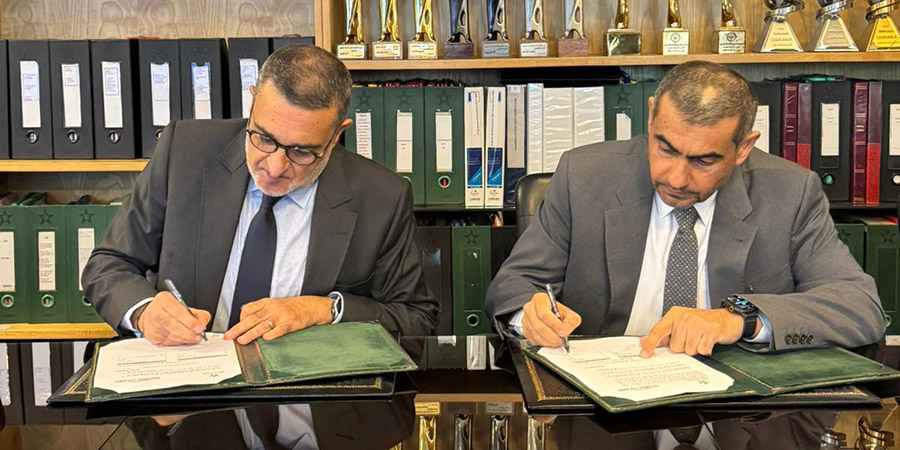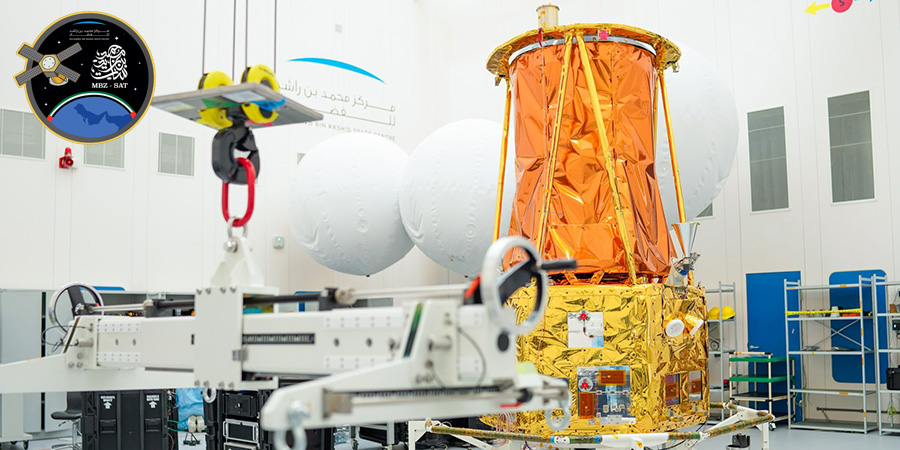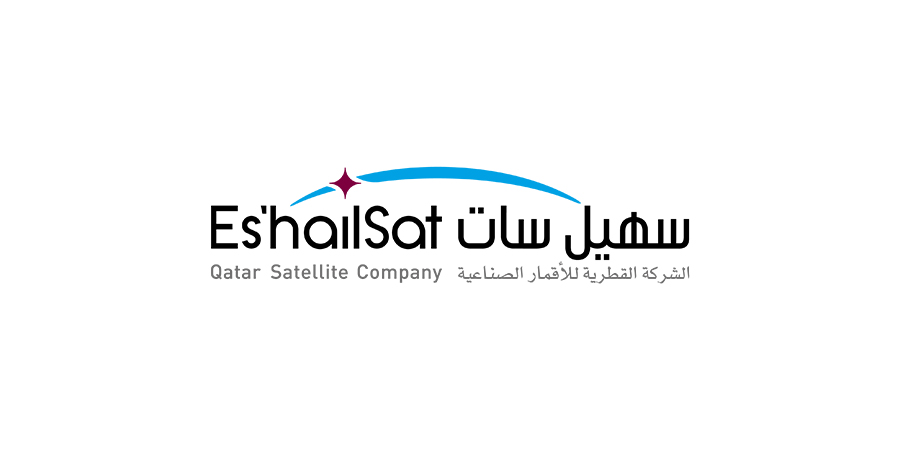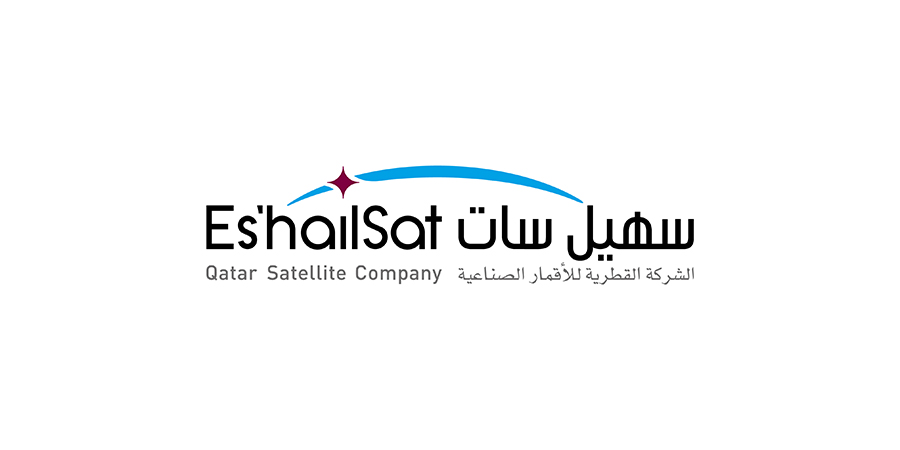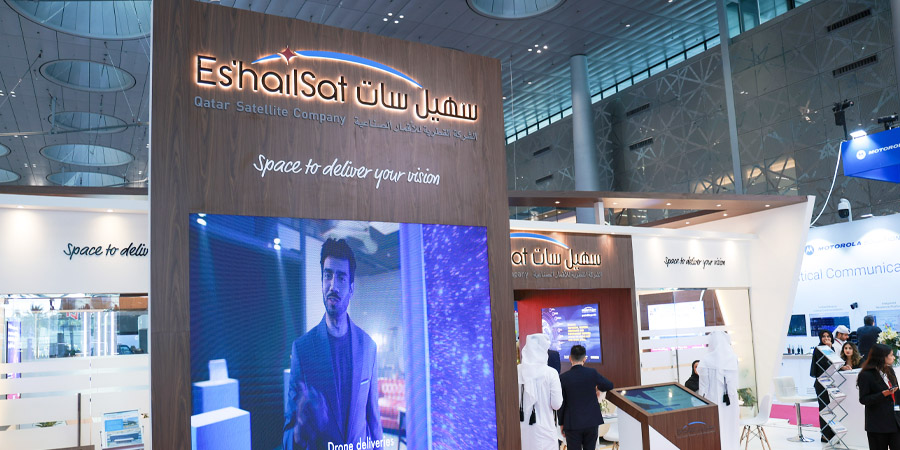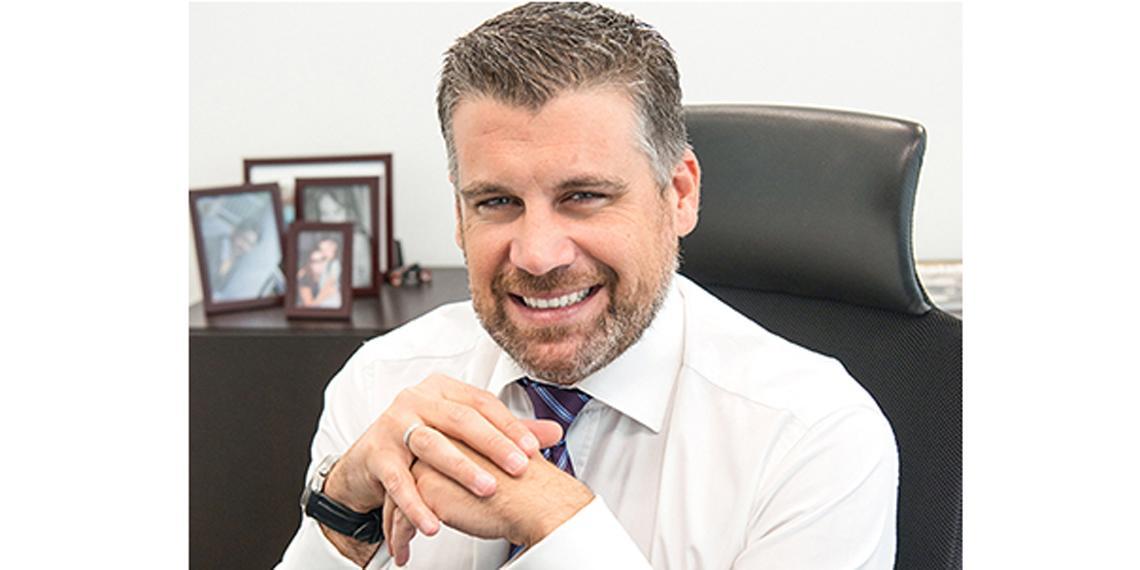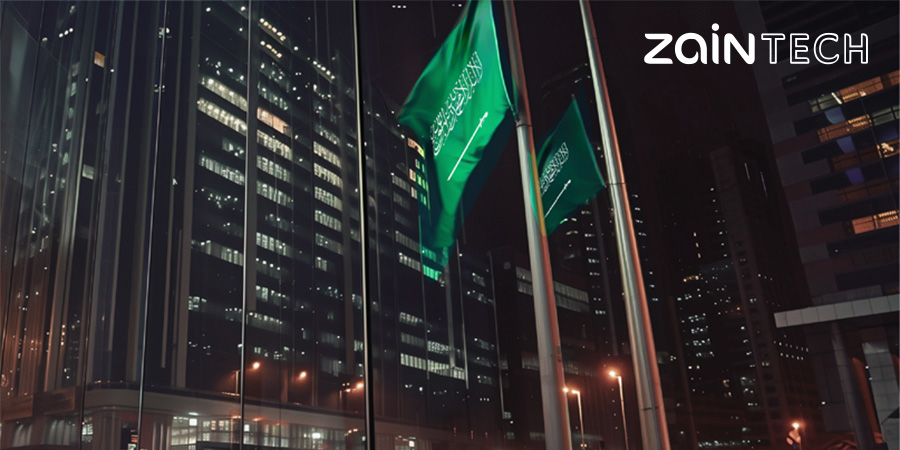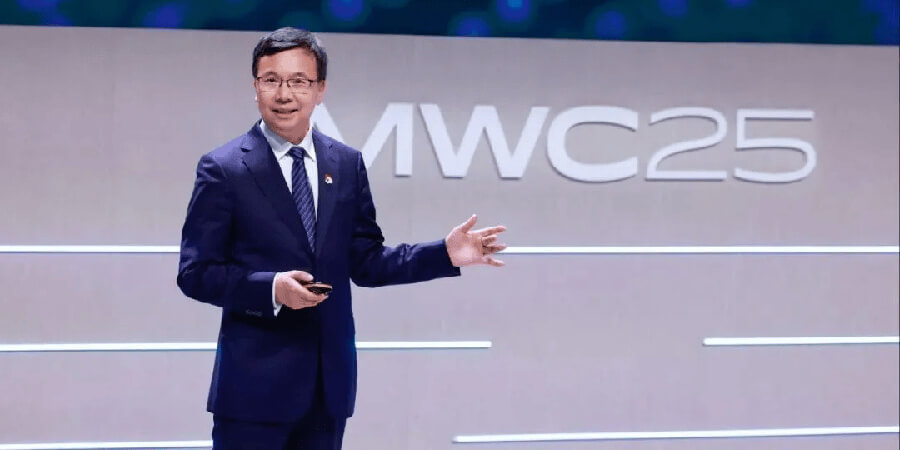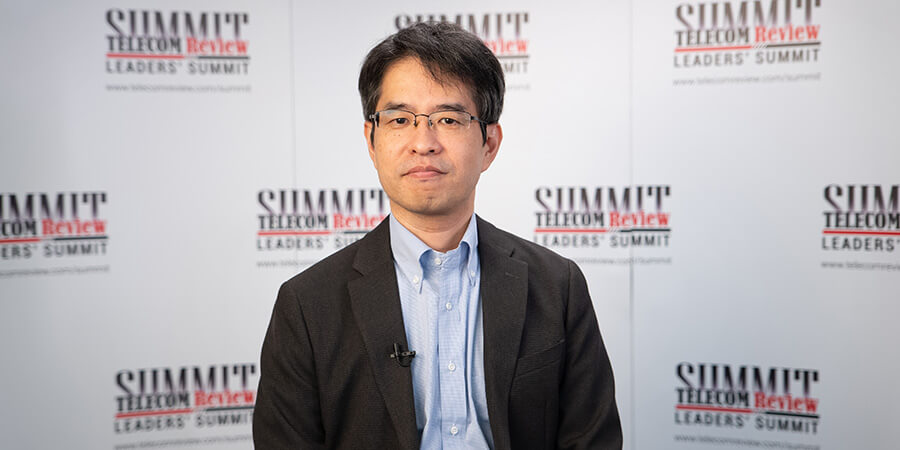Sami Boustany, CEO of Yahlive, sat down with Telecom Review to discuss Yahlive's latest offerings and what's happening in the region.
Can you tell me a little bit about what Yahlive is currently doing in the North Africa region?
In 2015, Yahlive partnered with Al Sahli Media Group to launch a bouquet of over 40 channels in Arabic and French to the greater Maghreb region. Viewers across Northern Africa have access to the new free to air channels, 20 of which are only available exclusively through Yahlive.
Our viewers in the Arabian Maghreb are very important to us, and building on the success of the first bouquet of channels, we are currently preparing to reveal another handpicked bundle to deliver a comprehensive range of premium television channels to viewers.
Will this be similar to what you have done in other regions before?
Across all regions, we remain committed to positively impacting the lives of people. We strongly believe in catering to our viewers' needs, and to that end, we have invested our efforts in developing technologies and garnering strategic partnerships to provide our viewers with free-to-air content that they can relate to and enjoy.
In Algeria, we maintained the free-to-air model, which means that viewers only need to invest in one small and affordable satellite from the market, and then call their local dish installer to set up their dish.
Once this is complete, viewers in North Africa can enjoy Yahlive's exclusive channels in addition to the other channels that we broadcast across the MENA region.
How do you go about researching what kind of channels the people want from each different region?
We are committed to offering customers and viewers what they want and where they are. We are constantly working on improving our services by closely studying individual markets and seeking innovative technology to deliver the best quality.
As we provide coverage in many different markets and regions, we carefully source and consult with local partners to tailor our offerings based on the cultural preferences of each market. In addition, we regularly commission research using global research company, IPSOS, to survey viewing habits of our target communities across our coverage areas. This activity allows us to gauge feedback on our existing channels and tailor our upcoming offerings to ensure viewers enjoy diverse bouquets of channels.
Which market have you grown the fastest in so far?
Yahlive delivers a comprehensive range of premium television channels to viewers via three powerful beams strategically covering the Middle East, North Africa, Southwest Asia and Europe.
The west beam targets the greater Arab Maghreb region, specifically Algeria, Morocco and Tunisia, where we successfully launched 40 channels at one go, marking that region as a fast growth area for Yahlive with huge potential.
The east beam targets the Middle East and Southwest Asia, which is a hotspot for the Farsi speaking community and one of the strongest in the region for our established channels.
In 2015, IPSOS published results of a survey into the viewing habits of the Farsi speaking community. The survey findings highlighted that more than 25 million Farsi speakers are watching Yahlive, with over 16 million of those viewers watching at home. Yahlive ranked above its local competitors in all main satisfaction metrics, including the highest retention ratio, highest mean satisfaction score, highest mean recommendation score and lowest switching intention.
We've also progressed well with the Afghani and the Kurdish communities. Historically, the Afghan market has had low penetration in terms of satellite usage as most of the content they receive is through analogue terrestrial systems; we see a huge opportunity for growth in that market.
We will soon receive the findings of a new study to gain further insight on viewership rates and market growth.
Is there a lot of demand?
We have witnessed increasing demand due to satellite TV's increased ability to offer viewers variety, quality and reliability of content throughout the year – with virtually no interruption.
In the past, channels in the region were delivered through signals scattered across many satellites, which resulted in weaker signals for viewers. Through Yahlive's beams, viewers are assured of more reliable technical strength, improved quality satellite signals and excellent reception, even in markets with poor infrastructure. Several countries in the Middle East have switched completely to satellite TV, even bypassing the digital terrestrial. It's quite a simple model. Any person under the footprint can access the channel and they don't need a physical link or an internet connection.
Is the internet and Netflix a threat or competition to Yahlive?
Habits at home are certainly changing, with more and more users shifting from linear to on-demand content. However, I can say with confidence that the former two don't act as direct competition to Yahlive due to the nature of the territories that we serve, most of which don't have very solid ground infrastructure.
Content generators, producers and distributors will continue to demand and require satellite as a backbone. Until our region develops better infrastructure across all areas, satellite will remain a key enabler for delivering the right data to the right people, all of the time. For example, Europe is still witnessing an increase in satellite broadcasting, despite its relatively established infrastructure. In the UK, Sky's subscribers are increasing and so are HD Plus' subscribers in Germany.
Finally, market figures show that viewers are still purchasing dishes, which reflects continued interest and belief in linear TV.
Yahlive experienced 70% growth in 2015. What do you attribute this success to?
Overall, we listened closely to what the market needed rather than just go with the typical choice. The easiest option would be to go with an already developed market, but the harder choice was to create a new one. However, with that also comes a potential high return. When the stakes are high you either lose a lot or win a lot, and in our case, we won a lot. We chose our markets, we chose the communities and we listened to the communities through our partners. Typically, when we tackle a new language or community, we like to have local partners from that community and we learn a lot from them. Also, specifically in 2015, we added two new bouquets of channels targeted to the Arabian Maghreb (North African) and the Balkan communities.
What kind of growth are you expecting for 2016?
We will be developing our existing markets. The North African market is a high priority for us; a new baby that needs nurturing. We need to continue to focus on our Farsi market. The potential that we see is much bigger than today, but with the Farsi and Kurdish and Afghani, we are confident that for the next few years we will be the only hotspot globally for these communities.
Our focus remains on ensuring that we continue to reach new communities with targeted television content, expand our broadcaster partnership relationships and evolve our existing channels portfolio.
How do you go about building your viewership?
We simply focus on delivering premium content that people will want to watch. We're very selective because we don't want to put a channel that goes outside of the norm of a certain culture or a certain community. Everybody is worthy to be on the channel and, of course, we need to go after big hitters, ones that have the higher rating. Content is the driver for viewership and then after that it is between us and our partner, how well we market ourselves and how many people are aware of what we're offering.
What do you look for in a partnership?
Let me start by saying what we're not looking for. We are not looking for somebody who can come and say ""I have money"" or ""I need an idea from you"" - it's usually the opposite. We need more value from a partner. We also bring value as we come with a state-of-the-art network, a lot of capabilities and with decent funding. Our shareholders are two massive companies, but we're looking for know-how and people who understand their communities and understand the broadcasting business. It usually helps a lot because we come from a global perspective and they come from a local perspective, and when you marry both capabilities, it's a winning combination.
What's next for Yahlive?
We're very excited about the North African bouquet. It's packed with local content, which typically has never been on satellite, so it differentiates us from other satellite providers. We have exclusive content and the bulk is local. There is a big community of content generators whether they're of Algerian background, Moroccan or Tunisian. There is also new content coming to the region through these exclusive channels. The French content is coming in the very near future with much more to compliment the local content.






